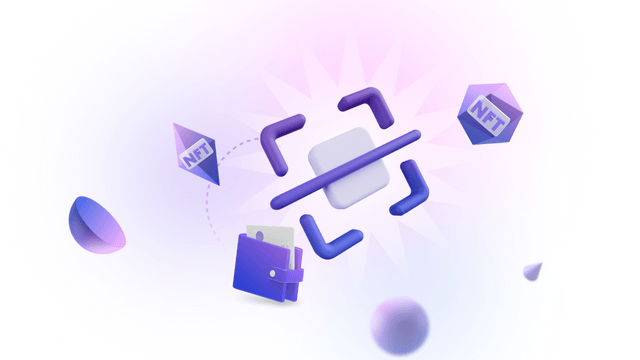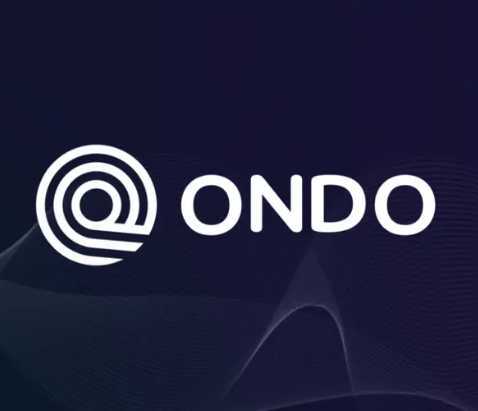Enjin just removed one of the biggest barriers to NFT adoption: downloading a wallet.
It bridges the gap between the physical world and the digital. Anyone from corporations with mass-produced goods to artists with a stall at the local crafts market can put a digital stamp on their work that provides provenance and ownership.
It’s also a great remover of barriers. QR codes are common in our post-pandemic world, where restaurants would have you peruse a digital menu rather than put your filthy Covid-mitts on their menus.
But there’s still too much in the way.
This whole process makes a big assumption: That the user already has an NFT wallet on their phone or is willing to install it.
If we truly want to remove every roadblock, we can’t have a person’s interactions with their asset depend on installing our wallet. The user wants a collectible, not a hostage.
So what’s to be done? We want to give NFTs to new users who have no way of storing NFTs. Is this unsolvable?
That’s where our web wallet comes in.
The web wallet acts as middleman storage, instantly claimed by the user and waiting to be sent wherever they want. It uses the browser as a temporary wallet that a user can migrate into the Enjin wallet as one of their addresses.

Not everyone has a crypto/NFT wallet on their phone, but everyone has a browser.
That’s why moves like this are crucial for adoption. Any interaction that we can reduce a process to from three clicks to two, or one QR scan as opposed to an app download, is a win for breaking barriers.
No sign-ups are needed, no app is required.
The only thing needed is cookies – if your browser data is gone, so is the web wallet.




























